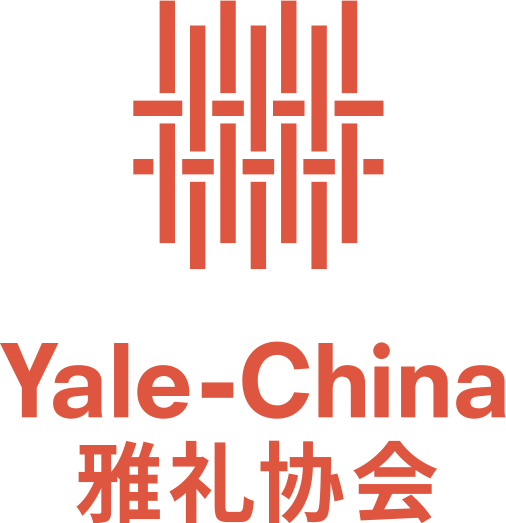Visual Literacy Skills Activities 视觉素养技能活动
Pick a work of art or story and a card below to start your experience!
选择一件艺术品或一个故事与下面的卡片一起开始你的体验之旅
Compare and Connect
比较&联系
What does this have to do with me?
这和我有什么关系?
Observe and Describe
观察和描述
What is this? 这是什么?
Question and Investigate
问题和调查
What else? So what?
还有什么? 这是什么意思?
Explore Viewpoints
探索观点
What were they thinking?
他们在想什么?
Find Complexity
发现复杂性
How does this fit into the world?
让其如何融入这个世界?
Reason
论证
How do you know? What makes you say that?
你是怎么知道的? 你为什么会这样说?
This material is adapted from Artful Thinking, a Project Zero initiative at the Harvard Graduate School of Education (learn more). It is licensed under a Creative Commons Attribution-NonCommercial 4.0 International License. 本材料改编于Artful Thinking,哈佛大学教育学院的 “零点计划”。经知识共享 署名-非商业性使用 4.0 国际 协议(CC BY-NC 4.0)授权许可。






